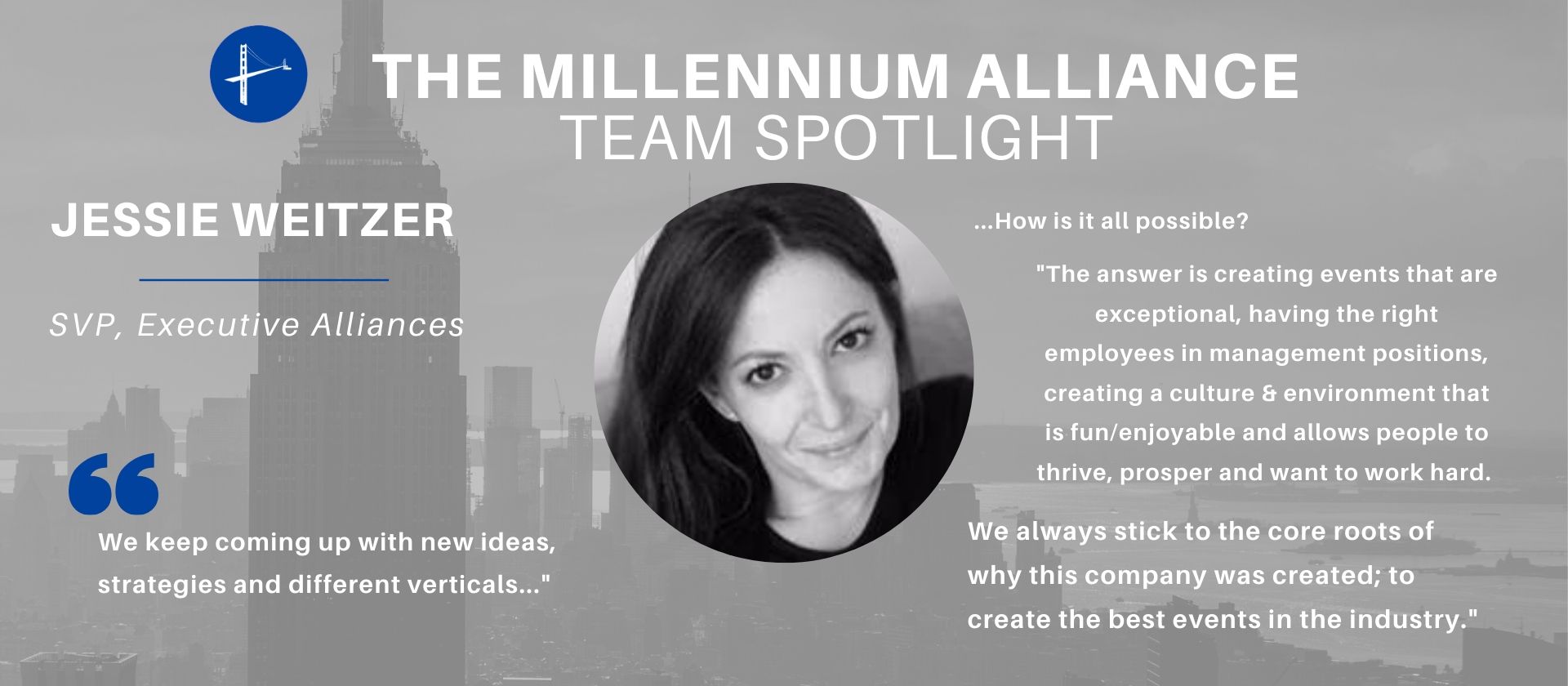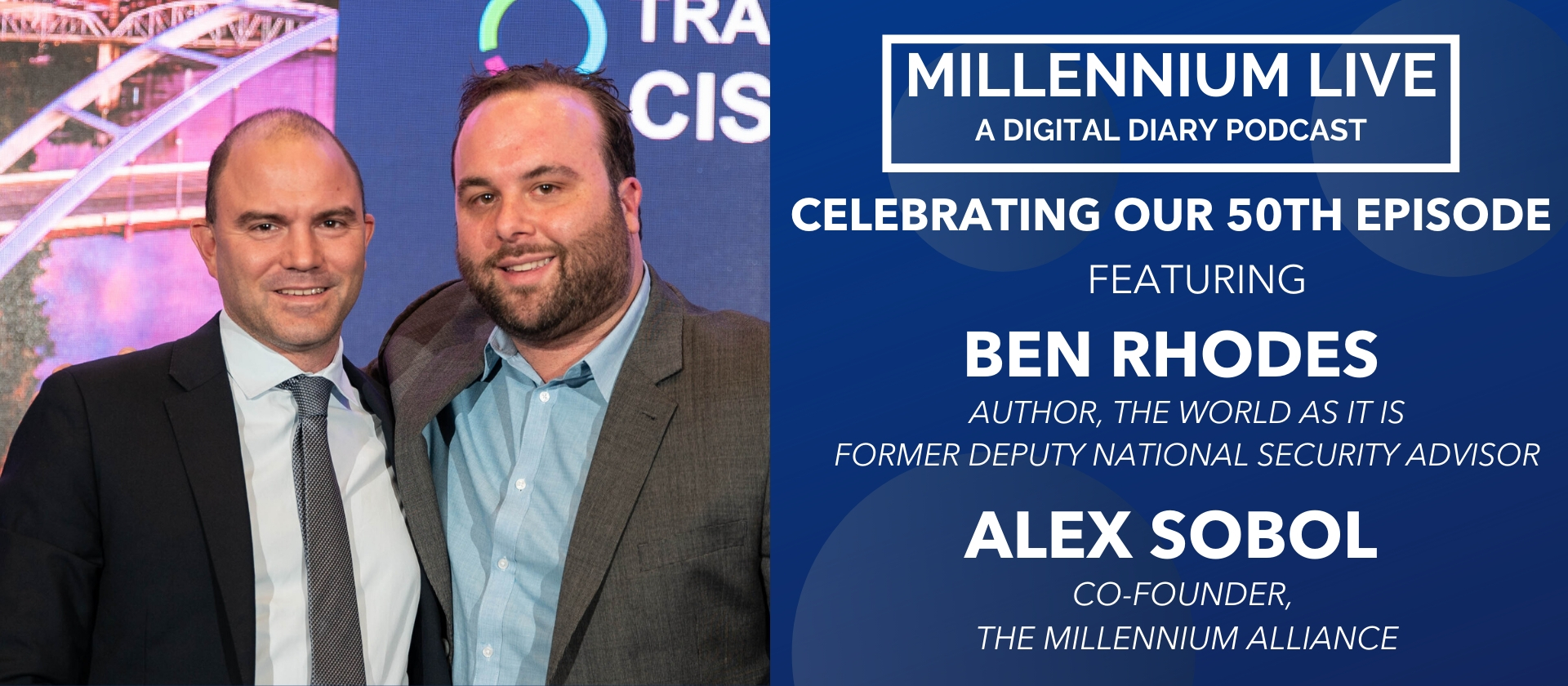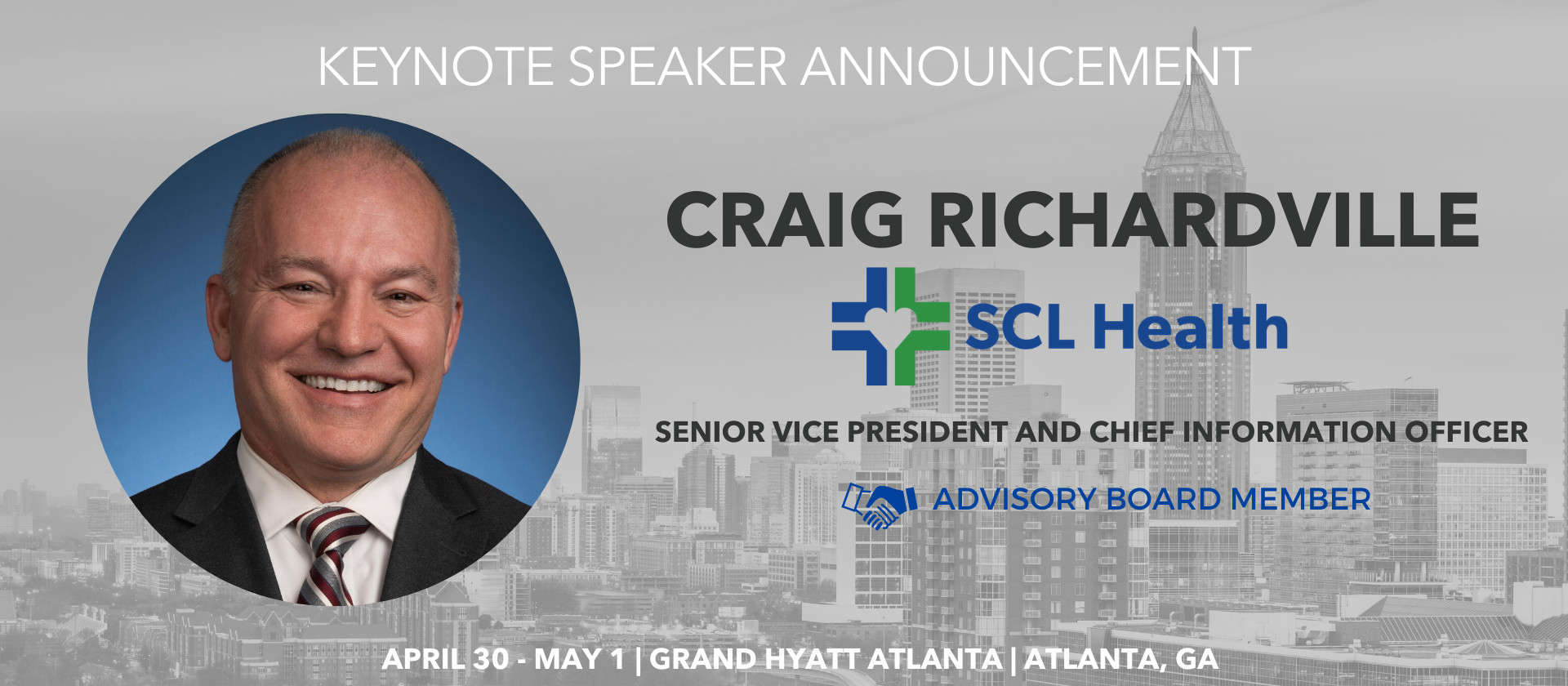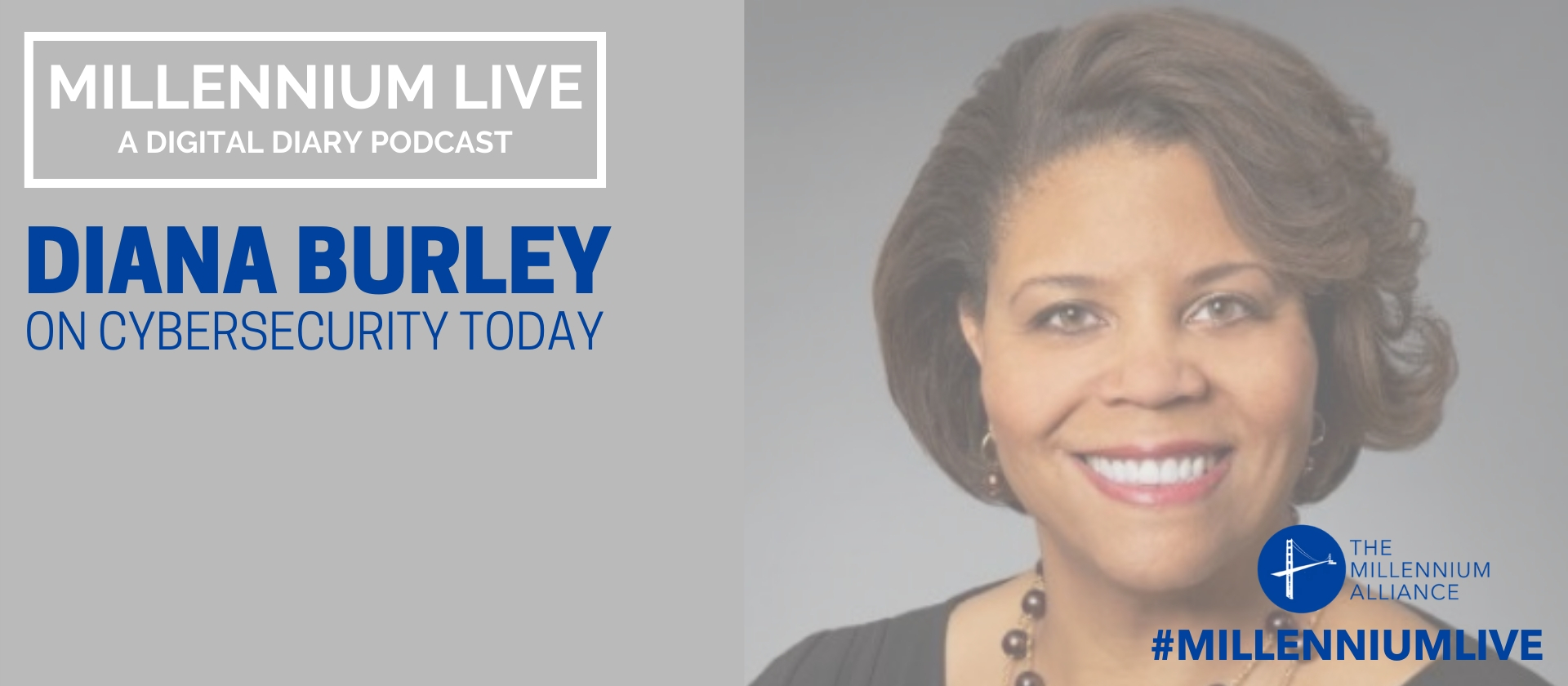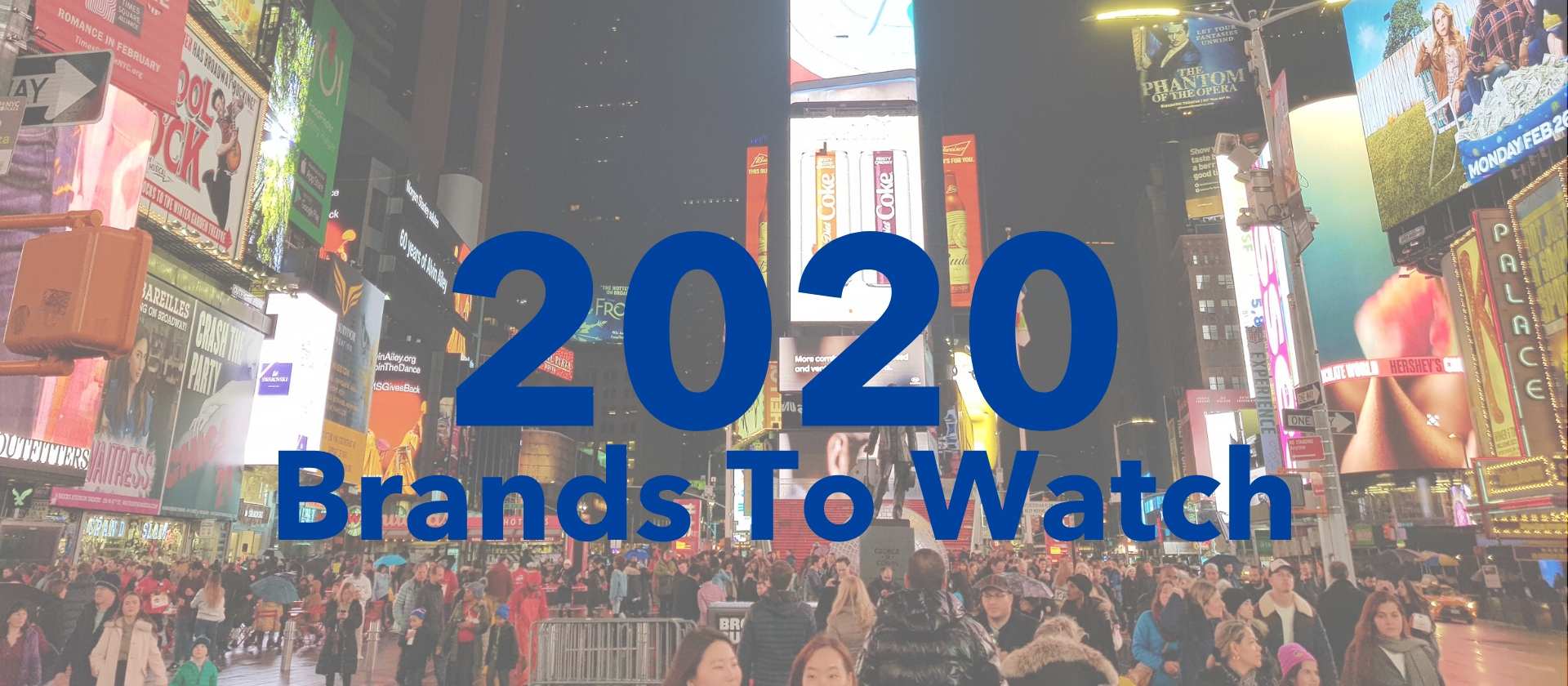Our very own Advisory Board Member, Denise Lee Yohn, recently contributed to Forbes with her list of 2020 brands to watch. Leading up to her feature in our Advisory Board Edition of The Millennium Alliance Magazine, check out Denise’s top predictions for 2020!
Written by Denise Lee Yohn, Brand Leadership Expert, Keynote Speaker, and Author.
As originally published by Forbes on December 3, 2019.
Although “20/20” usually suggests perfect vision, a lot about the year 2020 is still unclear. Certainly news in the coming year will cover the U.S. presidential election, summer Olympics, scheduled Brexit, and more. But what can we expect from the world of business and brands?! Here, in my annual alphabet-correlated list of brands that I expect will dominate the headlines, I offer Brands to Watch in 2020.
A – Amazon. Amazon heads up the list, as it has in every year except one since I started this tradition in 2013. It has and will continue to dominate the business headlines by further disrupting the grocery industry with its free delivery to Prime members, investing more heavily in Prime Video to compete with Apple TV+ and Netflix (see N for Netflix below), and doubling-down on its already fast-growing ad business. It has also been taking hits from activists, politicians, Trump, and even some of the public at large, as awareness grows of its tax avoidance practices, high-pressure organizational culture, and Jeff Bezos’s personal life – as well as from investors who punished the stock after the company missed its most recent earnings forecast. And since it’s likely that Bezos will spinoff AWS before the government forces him to, 2020 could bring news on that front.
B – Boeing. After two deadly crashes and the worldwide grounding of its 737 Max plane, Boeing has suffered reputational damage, incurred major debt to offset production costs and appease investors, and put customers including Southwest Airlines in a pinch. But the company says the airliner will return to service in Europe in the first quarter of the year and its CEO has agreed to forego most of his pay for 2020, so perhaps it can turn things around.
C – Cloud. There’s a growing battle for dominance of the cloud computing market, which is forecasted to reach $411 billion by 2022. Among the major players jockeying for a winning position are AWS (which is also displacing Oracle and SAP as the leader in enterprise software), Microsoft (recently won $10 billion JEDI contract from the Pentagon), Alibaba (now #3 in cloud), and Google (just entered into partnership with Indian IT services provider HCL). IBM and Oracle have retreated from the cloud somewhat, with Big Blue shifting to focus on the development platform space and Oracle returning to its knitting in SaaS and autonomous database products.
D — Democratic Party. More than any other, next November’s presidential election will be a test of the Democratic Party’s power and brand appeal. Will it be able to unseat Trump? And if so, will it be with one of the current legacy-type frontrunners (all 70+ years old and white) or with a (sexuality-, gender-, experience-, or race-) convention breaking candidate…or new entrants (besides Michael Bloomberg)? Can’t wait to find out.
E – as in UberEats. The fate of Uber’s food delivery arm in 2020 is significant on a few fronts. First, there’s the uncertain future of the high-growth, low-margin food delivery business in which UberEats is battling GrubHub, DoorDash, and Postmates, as the sector continues its takeover of the restaurant industry and expands into grocery. Also Starbucks recently announced it expects to complete the nationwide rollout of Starbucks Delivery by the end of the year. Then, as the faster-growing segment of Uber, UberEats will impact the company’s overall performance, investor appeal, and brand perceptions. Momentum in the ride-hailing business has been slowing and Uber continues to face stiff competition from Lyft which posted in its recent quarterly report strong revenue growth and a promising outlook on future profitability — as well as from growing scooter and bike rental companies (including Uber’s own Jump e-bikes.) CEO Dara Khosrowshahi has said that the company will turn a full-year profit by 2021, but he also promised to fix the company culture and that, with recent layoffs, seems to remain a challenge.
F – Facebook. Reasons for concern about Facebook in 2020: criticism for its stated commitment to not blocking un-verified political ads, continued scrutiny over data privacy (see R for Regulation below), threats of a government-mandated breakup, and regulatory concerns about its Libra cryptocurrency and high profile departures from the Libra Association by Mastercard, Visa, PayPal, and eBay among others. Reasons to ignore the concerns: continued strong user, revenue, and income growth. Oh, and the recent introduction of its new corporate logo intended to differentiate the parent company which also owns Instagram and WhatsApp (not!)
G – Google. Google should make the news next year because of its growing cloud business (see C for Cloud above), its acquisition of FitBit and its developing health-related initiatives, and increasing competition on several fronts from Microsoft. But instead, what will make Google a company to watch in 2020 is its employees. The year started with reports of the company’s retaliation against organizers of last year’s employee walkout protesting the company’s mishandling of sexual harassment claims. More recently, the workforce has criticized leadership for engaging in a cloud computing contract for U.S. Customs and Border Protection and hiring a former government official who backed the Trump administration’s travel ban. And now, more than a thousand Google employees have signed a petition demanding the company issue a climate plan that commits it to zero emissions by 2030. This is employee activism at its highest level seen at any company – how Google handles it and the response from employees will serve as a bellwether for employee engagement at all companies going forward.
H – Huawei. Chinese telecom Huawei is only one of several brands from China to keep an eye on. The U.S. trade ban against Huawei was a major challenge for the company this past year and many U.S. companies including Google are still waiting for the permission to do business with it that Trump indicated back in June might be given. E-commerce giant Alibaba will likely continue its strong performance into 2020 as it drives further engagement on its consumer platforms and reinvests its profits into strategic growth areas such as the cloud, original content, local consumer services, and logistics. Lesser-known e-commerce player Pinduoduo should also be watched for its 500 million active users and group-buying business model. Lenovo has been competing on all fronts, with aggressive promotions on laptops and other hardware, a partnership with Oculus to develop a more immersive gaming headset, and strategic deals with Intel, Qualcomm, and Microsoft. Perhaps the most important Chinese brand (other than China itself) is Tik Tok, the micro-video social media platform. In less than two years, Tik Tok reached over one billion downloads in 150 markets worldwide and 75 languages and its popularity continues to skyrocket. But the company faces concerns from U.S. lawmakers including most recently that the app could be used for foreign influence campaigns and therefore pose a national security risk.
I – IPO. Forget the IPO — the FPO is the new black! The IPO, once considered the de facto milestone for startups, is being replaced by the “final private offering” – that is, late-stage venture capital rounds or side deals with insiders that are now preferred by many investment firms and individuals alike. It’s no wonder, given how Uber, Lyft, Peloton, and others achieved unicorn valuations and raised billions of private financing but subsequently experienced disappointing IPOs. The WeWork IPO debacle has also given investors pause (see W for WeWork below). And with Spotify and Slack having successfully circumvented the IPO with direct listings and Airbnb leaning that way as well, the traditional IPO may follow skinny jeans and be on the way out.
J – Juul. E-cigarette maker Juul may disappear as quickly as it rose. In January, San Francisco will become the first major U.S. city to ban the sale of e-cigarettes and other cities indicate they may follow. The Trump administration is preparing a ban on the sale of flavored vaping products. And the lawsuits against Juul are piling up, including the latest from D.C. for marketing to minors. So the brand may die, but hopefully the lesson about the dangers of running a company with an unbridled growth mindset will live on.
K – Kroger. Kroger, the world’s largest supermarket chain just rebranded, introducing a new logo and the tagline “Fresh for Everyone.” The move, accompanied by strong guidance for 2020, was seen as a signal of the payoff from the company’s two-year effort to upgrade its stores, products, and data and digital chops. But the grocery landscape is changing dramatically and Kroger — along with Safeway, Publix, and other traditional grocers — face heightened competition from Walmart, Amazon/Whole Foods (see A for Amazon), discounters Aldi and Lidl, and even dollar stores.
L — LVMH. LVMH, which owns 75 brands such as Louis Vuitton, Bulgari, and Sephora, has made recent news for its acquisition of Tiffany’s as well as for its record-breaking €200 billion ($222 billion) market capitalization. The appeal of LVMH among consumers and investors alike speaks to the growing demand for European luxury worldwide. But other luxury fashion brands are struggling, including the Prada and Burberry labels and retailers from Barneys to Henri Bendel.
M — McDonald’s. Just when things were looking up for McDonald’s (including 17 consecutive quarters of global comparable sales growth), its CEO had to screw (pun intended) things up by having a relationship with a subordinate and getting fired. Will the fast feeder be set back by the transition to a CEO who has previously clashed with franchisees — or will it succeed in its attempts to transform the customer experience through personalization and technology investments? Either way, it faces continued challenge from Burger King (and other fast feeders that are enjoying lifts from plant-based products like the Impossible Burger), Wendy’s (which is slated to launch breakfast nationwide next year), and Chipotle (now that it’s emerged from a successful turnaround and is opening more drive-thrus) – not to mention the exploding restaurant delivery business (see E for UberEats above.)
N – Netflix. Netflix used to be the darling of the streaming video industry but now it’s got serious competition — and not only from Apple TV+, which has debuted with $2 billion worth of original programming including the much-anticipated “The Morning Show” and other celebrity-driven content plus a two billion installed hardware base. There’s also Disney (whose kid/family-friendly programming is a strong differentiator and draw), HBO Max (and its proven track record for and exclusive 45-year catalog of original content), and Amazon Prime (which is included in Prime membership and backed by the industry-disrupting company). It will be awhile before we know the fate of any of these players, as the key will be how many subscribers they retain especially after all those free trials expire.
O – Olympics. When the 2020 Summer Olympics kick off in Tokyo on July 24, the athletes won’t be the only ones being tested. The Olympics brand itself will need to increase viewership after closing out the 2018 Winter Games with its lowest on record. To do so, the International Olympic Committee is trying to attract younger viewers with new sports such as surfing, skateboarding, and climbing; while staving off controversy over doping like when Russia was banned from competing in 2018.
P – Privacy. Though not technically a brand, consumer data privacy – along with protection and security — will receive a lot of attention. Effective January 1, the California Consumer Privacy Act (CCPA) is supposed to grant Californians the rights to know what data is collected on them and if that data is sold, the option to opt out of those sales, and the right to access that data. New York is debating an even stricter law and the U.S. Senate Judiciary Committee is considering a U.S. federal data privacy law. But ambiguity around the CCPA will likely cause a slow start to its enforcement. And despite the lip service Facebook’s Mark Zuckerberg and other tech leaders have given to the need for regulation, they’re likely to continue to push back on any action of substance.
Q – as in the Quantum threat. Cryptocurrency has been in the news primarily due to scrutiny of Libra (see F for Facebook), but another development will keep it there: the threat of quantum computing. Alphabet’s recent announcement that it had achieved quantum supremacy (the ability to perform calculations of immense complexity with tremendous speed) has blockchains like Bitcoin and Ethereum worried about their ability to withstand attacks from quantum computers. Forced to move toward quantum-resistant cryptography, blockchains will pursue greater standardization and governance – which will, in turn, further grow and legitimize their use and value.
R — TheRealReal, Rent the Runway, and Revolve. All three brands exemplify how dramatically consumer tastes, service and business models, and the retail industry as a whole is changing. They also illustrate the challenges of those changes. As the TheRealReal’s expansion into brick-and-mortar attests, demand for luxury-goods consignment has been growing — but it may cool if the items can’t be authenticated. Spurred by the popularity of Rent the Runway and Poshmark, retailers from Bloomingdale’s to Urban Outfitters are jumping into the rental and re-use space — but these services depend on sophisticated logistics and strain already thin margins. And digital and analytics-driven players including Revolve and Stitch Fix must continually advance their predictive algorithms and offer the precisely right mix of owned and other brands.
S – Spotify. Despite having a smaller music catalog than Apple Music, Spotify is adding more new subscribers and enjoying strong user engagement. Not only has it been riding the podcast wave, but also many say it offers customers better tools to personalize the listening experience, discover new music, and share socially. But Apple isn’t taking the challenge sitting down and there’s still the chance for other players including Amazon to try to give Spotify a run for its money.
T – Twitter. “How Trump Reshaped the Presidency in Over 11,000 Tweets” was the headline of a recent New York Times report on an analysis of Trump’s use of Twitter. No other proof of the importance of Twitter – and who/what it allows or doesn’t on its platform, especially during the upcoming U.S. presidential election cycle – is needed.
U — Under Armour and Nike. Both athletic apparel and goods companies will start the year with new CEOs. Under Armour founder Kevin Plank not only leaves big shoes for his successor Patrik Frisk to fill, he’s also handing off a federal accounting probe, a North American market strategy overly dependent upon a discounting in the shrinking big-box channel, and lackluster brand appeal. At Nike, long-time leader Mark Parker is being succeeded by John Donahoe, the former head of eBay and current Service Now CEO. While his digital chops should help Nike finally figure out how to master online sales and services, his outsider status and lack of world-class brand experience are a concern. And both brands face threats from the growth of athleisurewear.
V – Vehicles. Yes, another cheat not listing a brand here because there are too many to name in the changing and expanding mobility space — but they all deserve close monitoring. There are the traditional car companies (e.g., Ford and GM) that have to negotiate sustainable labor contracts, incorporate technology and electrification into their products, and map out growth strategies while automotive sales and usage decline. In the autonomous arena (Google/Waymo and Tesla), issues of safety, regulation, and impact on jobs challenge the development of driverless cars, drones, and robotic vehicles. And transportation companies – from logistics players (FedEx and Amazon) to scooter rentals (Lime and Bird) – will likely see shakeouts in the U.S. and/or abroad.
W – WeWork. The soap opera known as WeWork, starring former CEO and cofounder Adam Newman, will offer more cringe-worthy episodes in 2020. Expect more lawsuits from shareholders, employees, customers, vendors, and perhaps even banks — and probably a few surprise developments in the relationship with Japan’s SoftBank Group and its chairman Masayoshi Son. The toll levied on other visionary CEOs and ambitious startups is a subplot to watch as well.
X – as in no brand or private label goods. The battle between retailers such as Aldi and Amazon and packaged-goods (e.g., P&G and Unilever) and food giants (e.g., Kraft and Nestle) has increasingly been one fought over direct customer relationships — and now retailers seem to winning with private label brands, which grew four times faster than national brands last year. Target’s 20 new exclusive brands have played a critical role in that company’s successful turnaround. And Trader Joe’s and Costco’s own branded products have sustained the popularity of their stores in the e-commerce era. Consumer product makers continue to fight back with acquisitions of direct players (e.g., personal care company Edgewell snapped up shaving market disruptor Harry’s) and development of their own channels (e.g., P&G’s Everyday website.)
Y – the Y chromosome, a.k.a. masculinity. The traditional notions of maleness and masculinity are evolving, perhaps even facing extinction. “Toxic” has become the word that most commonly precedes “masculinity.” Awards shows are doing away with gendered categories. Men’s magazines like GQ and Esquire are reconceiving themselves, moving from their male/hetero legacy to a more gender fluid and inclusive ethos. And Harvey Weinstein’s trial which is set to begin January 6, is likely reinvigorate the #MeToo Movement and the backlash against men. As the trend away from traditional masculinity grows, marketers will have an increasingly difficult job portraying, appealing to, and engaging men. Gillette’s attempt to make a statement famously failed this past year; who’s going to try next?!
Z – Zocdoc. Zocdoc, the medical appointment booking app, is only one of the many digital health brands making news. Also in digital and mobile healthcare services, Amazon took its first step by launching Amazon Care, through which employees can text or video conference with health care providers and order visits and prescription deliveries. In wearables, headlines will feature Google’s bid for Fitbit (see G for Google) and Apple’s continued development of health and fitness applications through the Apple Watch. And big healthcare companies from Kaiser Permanente to UnitedHealth Group continue to work on electronic health records, develop digital specialties including behavioral health, and join VCs in investing in startups of care delivery products and platforms.
***
It was impossible to include every brand in this list of Brands To Watch in 2020 that I recommend keeping tabs on, but I’d love to hear the top ones that you think are missing. Please reach out via Twitter, LinkedIn, or my website.
Previous lists of Brands To Watch:

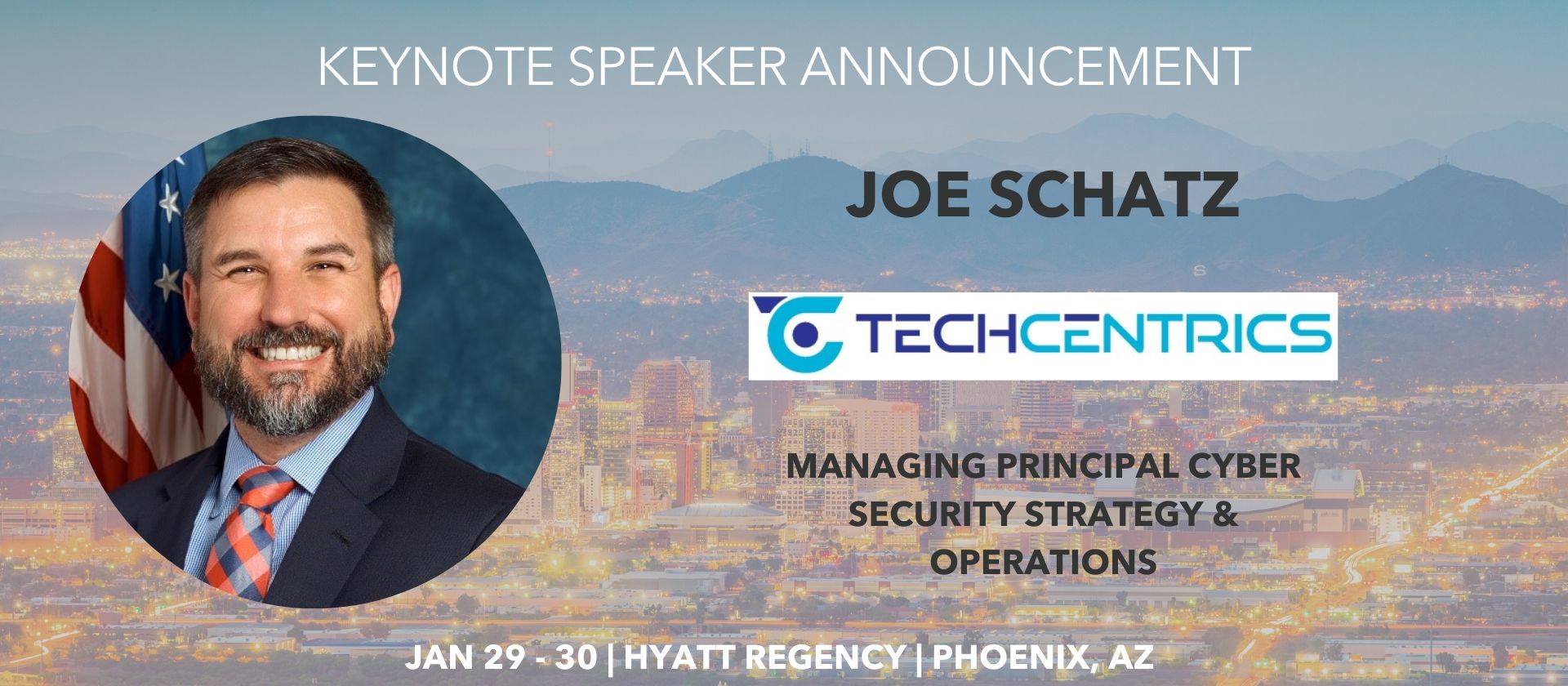
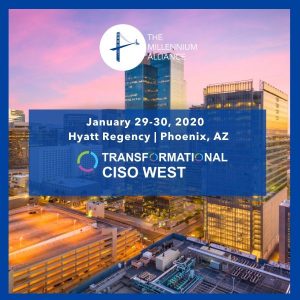
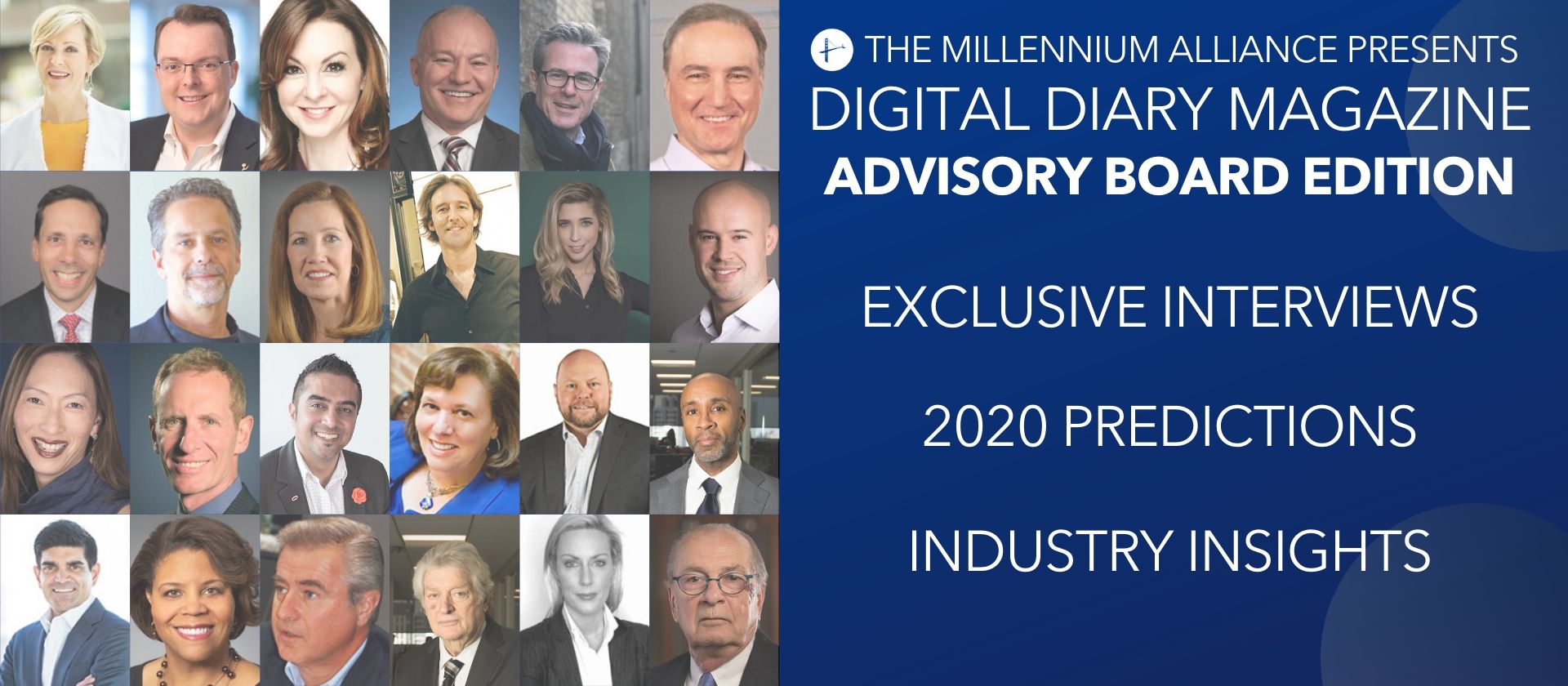

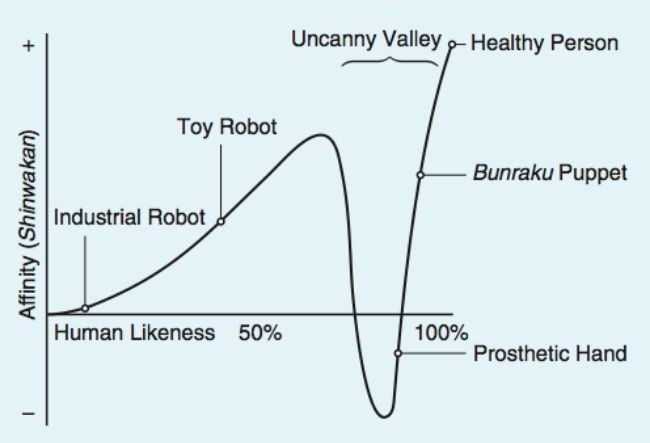
 With
With 

